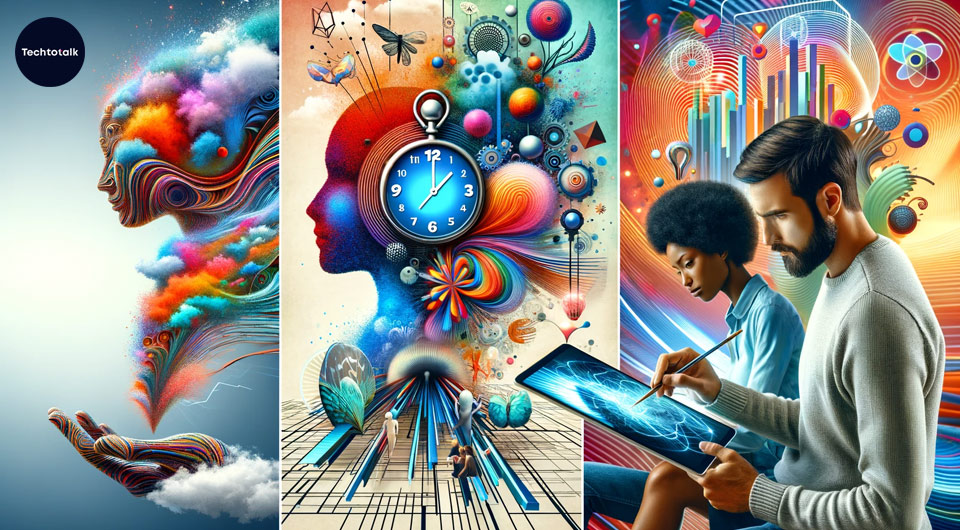Table of Contents
- Introduction
- The Concept of AI Image Generators
- Key Features
- How AI Image Generators Work
- The Impact on Various Industries
- Ethical Considerations
- Future Prospects
- Conclusion
Introduction
The realm of artificial intelligence (AI) has seen remarkable advancements in recent years, particularly in the field of image generation. AI image generators, a groundbreaking technology, have opened up new horizons for creativity, efficiency, and exploration in the digital world.
This blog post aims to delve into the intricacies of AI image generators, examining their working mechanism, impact on various industries, ethical considerations, and prospects.
The Concept of AI Image Generators
AI image generators are software systems that utilize artificial intelligence to create images from textual descriptions or other forms of input.
This technology harnesses the power of machine learning and neural networks to interpret and visualize concepts, often producing results that are stunningly realistic or artistically expressive.
The ability to generate images using AI has revolutionized fields such as graphic design, advertising, and even art.
Key Features
Point A: Creativity Unleashed
AI image generators enable the creation of unique and intricate designs that might be challenging or time-consuming for human artists. They provide a platform for limitless creativity, allowing users to experiment with styles, colors, and compositions in ways previously unimaginable.
Point B: Time and Cost Efficiency
These tools significantly reduce the time and cost involved in image production. What traditionally took hours or days for an artist to create can now be achieved in minutes, greatly benefiting sectors like advertising and media where time is of the essence.
Point C: Accessibility and Ease of Use
AI image generators have made sophisticated graphic design more accessible. Users without extensive artistic training can generate professional-level images, democratizing the field of digital art and design.
How AI Image Generators Work
The core of AI image generation lies in machine learning algorithms, particularly generative adversarial networks (GANs). GANs consist of two parts: a generator that creates images and a discriminator that evaluates them.
Through continuous training on vast datasets of images, the AI learns to produce increasingly sophisticated and accurate visual representations.
The Impact on Various Industries

The advent of AI image generation has had a transformative effect on multiple sectors. In advertising, it enables the rapid creation of visual content tailored to specific campaigns.
In the realm of gaming and virtual reality, it contributes to more realistic and immersive environments. Moreover, in art, it challenges traditional boundaries, giving rise to new forms of digital expression.
Ethical Considerations
Point D: Intellectual Property Concerns
One significant ethical concern revolves around intellectual property rights. Questions arise about the ownership of images generated by AI, especially when these images are derived from existing artworks or photographs.
Point E: Misuse and Deepfakes
The potential misuse of AI image generators in creating misleading or harmful content, such as deepfakes, raises serious ethical issues.
It emphasizes the need for regulatory frameworks and ethical guidelines in the usage of this technology.
Point F: Impact on Employment
There are concerns about the impact of AI image generators on jobs in the creative industries. While they can enhance productivity, there is also the fear that they might replace human artists in some contexts, leading to job displacement.
Future Prospects
Looking ahead, AI image generation technology is poised for further evolution. We can anticipate more refined algorithms capable of even greater realism and artistic expression.
Integration with other emerging technologies like augmented reality (AR) and virtual reality (VR) could redefine our experience of the digital world.
Conclusion
AI image generators represent a monumental leap in the intersection of technology and creativity. While they offer immense possibilities for innovation and efficiency, it is imperative to navigate the ethical dilemmas they present.
As we embrace this technology, a balanced approach that fosters creativity while respecting ethical boundaries will be crucial for its positive evolution and integration into society.




